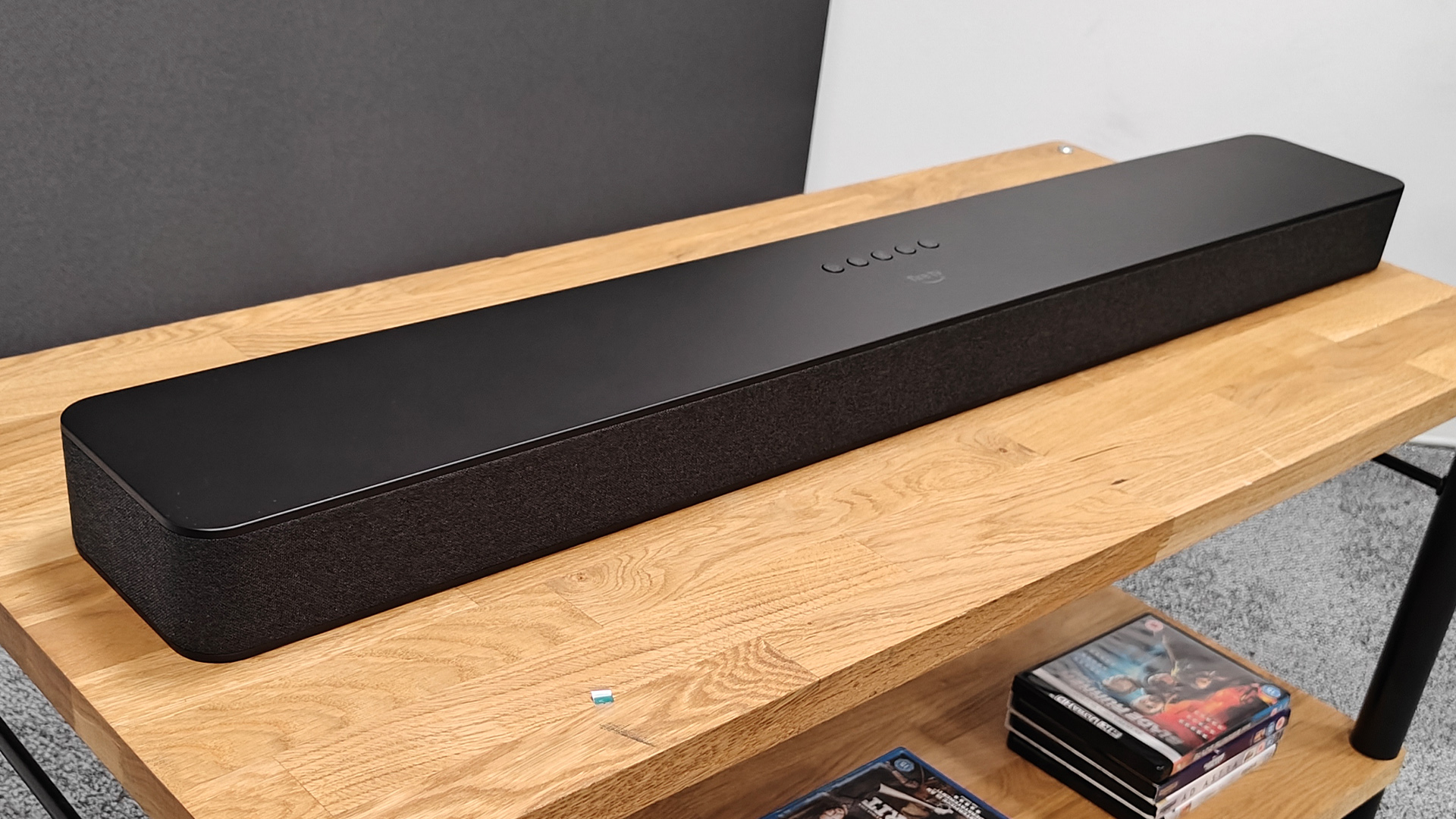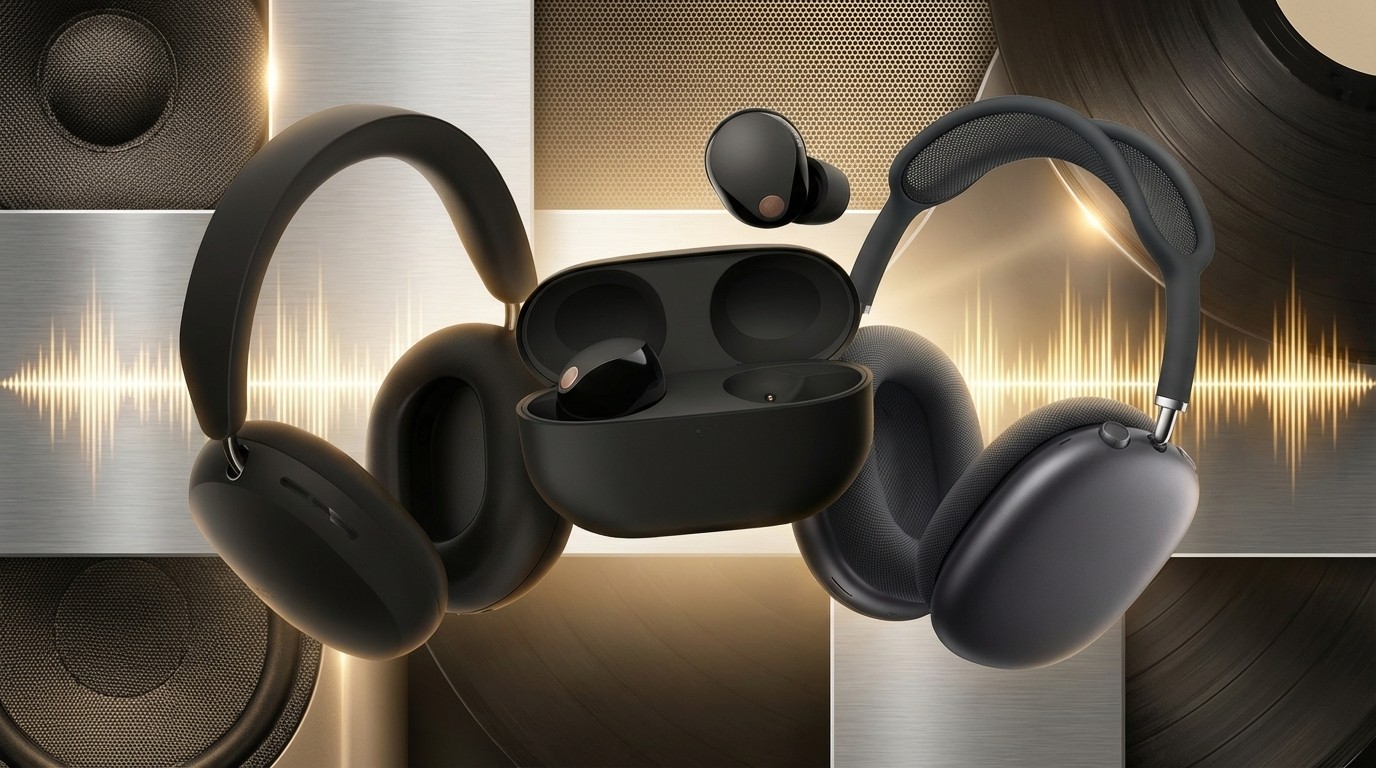What Hi-Fi? Verdict
While its design is inoffensive, this soundbar’s shrill performance and robotic-sounding dialogue make for an overall quite unpleasant audio experience
Pros
- +
Sleek design
- +
Easy to use
- +
Wide sense of space
Cons
- -
Bass is flappy and thin
- -
Lightweight, shrill overall sound
- -
Tonally gappy presentation
Why you can trust What Hi-Fi?
Soundbars with Dolby Atmos can cost a fair amount, so this Amazon entry offers a way to bring the immersive experience to the living room without breaking the bank.
The Amazon Fire TV Soundbar Plus is the brand’s step-up model from its cheaper sibling, which we rated a respectable three stars.
This 3.1 speaker system doesn’t add the Fire TV smarts we expected but didn’t get with the first Fire TV Soundbar, but it does add Dolby Atmos support, so it’s easy to assume it must be better in terms of sound quality.
Well, you know what they say about 'assume', don’t you?
Price
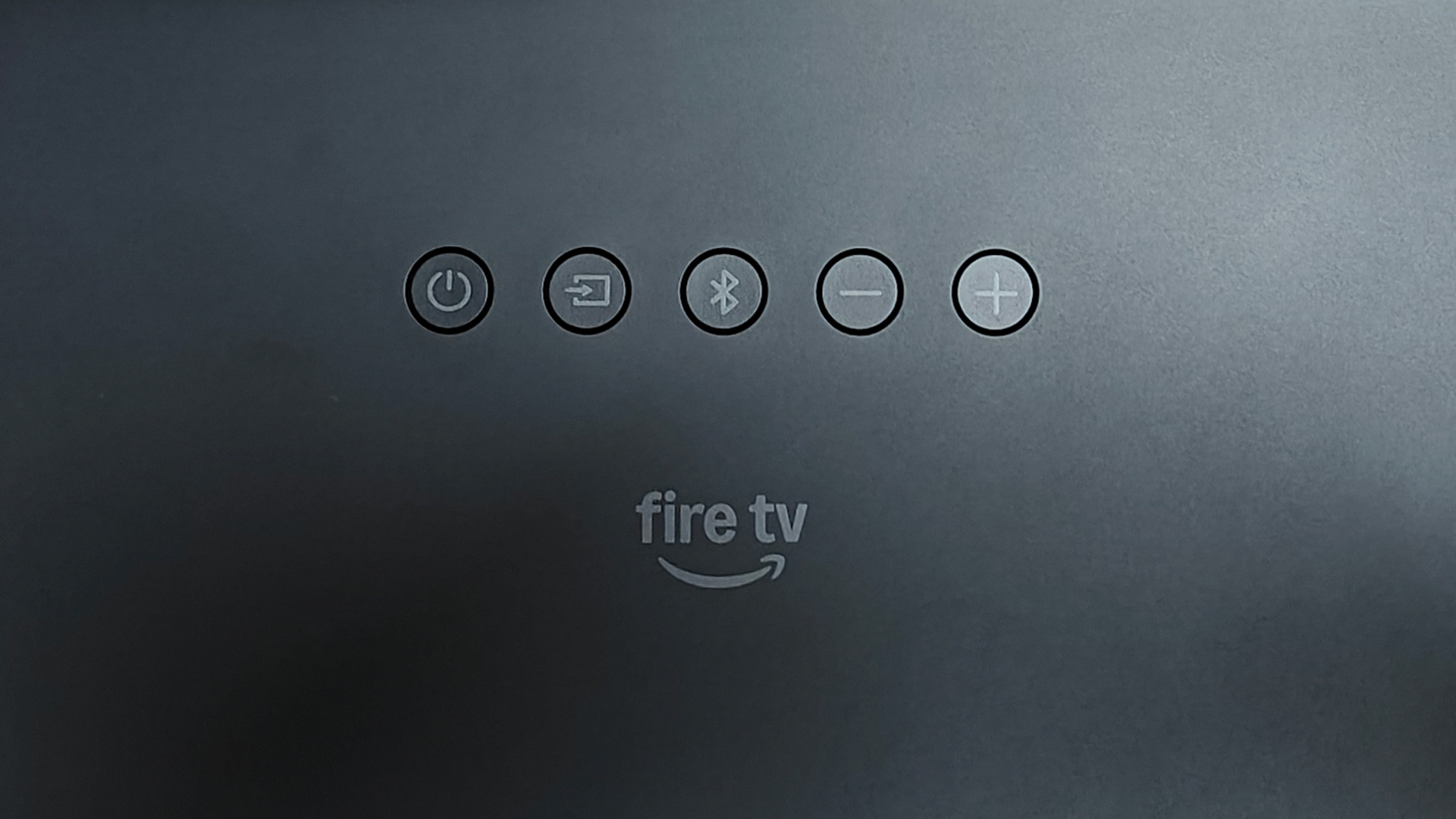
Coming in at £250 / $250 (about AU$400), the Amazon Fire TV Soundbar Plus costs roughly twice as much as its entry-level sibling, the Amazon Fire TV Soundbar. As with most of Amazon’s first-party products, discounts are frequent and often large – we have seen it available for as little as £200 / $190.
In the US, you can add an optional subwoofer and surround sound speakers from Amazon for a total system cost of $490 (around £370/ AU$765), but these additional components are not available in the UK.
Competition is fierce, even at this budget level, but the Sony HT-S2000 stands out as the benchmark.
The latest hi-fi, home cinema and tech news, reviews, buying advice and deals, direct to your inbox.
Although it launched at a more expensive £349 / $500 / AU$595, it is now usually available for closer to £250 in the UK. We haven’t seen quite the same drop in the US or Australia, though, as it is widely available for just a few dollars off its original price tag. Its solid dynamics and clear dialogue impressed during testing, earning it a five-star rating.
The Sonos Ray is also competing with the Amazon soundbar with a slightly higher price tag of £279 / $279 / AU$399 and a lower specification that does without Atmos support and HDMI connectivity. This punchy yet petite entry delivers excellent vocal clarity, but its weak low-end extension means it was awarded four stars.
Design
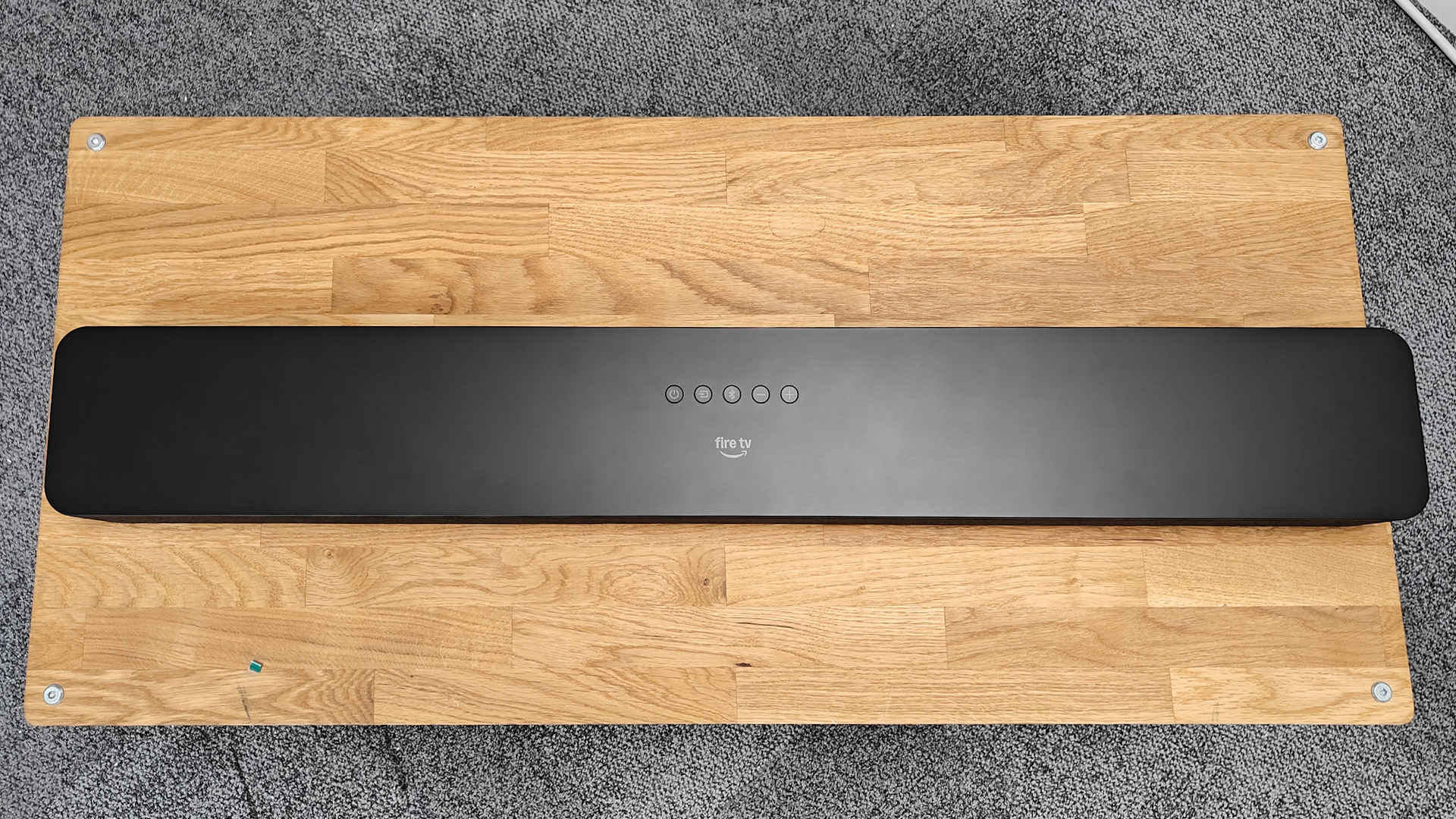
The Amazon Fire TV Soundbar Plus’ plastic body with its neat cloth grille gives the ’bar a clean overall feel.
Its 6.4 x 94 x 13.2cm (hwd) dimensions make it perfectly suited for the spot in front of and/or beneath your TV, and at 4kg, it is heavier and longer than the Sony HT-S2000, which gives it a more robust feel.
Underneath that grille are three full-range speakers, three tweeters, and two subwoofers. There are no up-firing speakers, though, despite the soundbar offering Dolby Atmos. It does this instead with processing that's designed to recreate the sense of space that physical speakers would do otherwise.
We still wouldn't advise positioning the soundbar inside a cabinet or on a shelf with another above it, even though there are no up-firing drivers.
Features

As with its cheaper sibling, no app or Amazon features (not even Alexa) are integrated into the Amazon Fire TV Soundbar Plus, which seems like a missed opportunity and makes the product’s name feel somewhat misleading.
You don’t get a full display either, although there are different coloured lights that show on the front of the ’bar when you switch inputs or change settings such as volume.
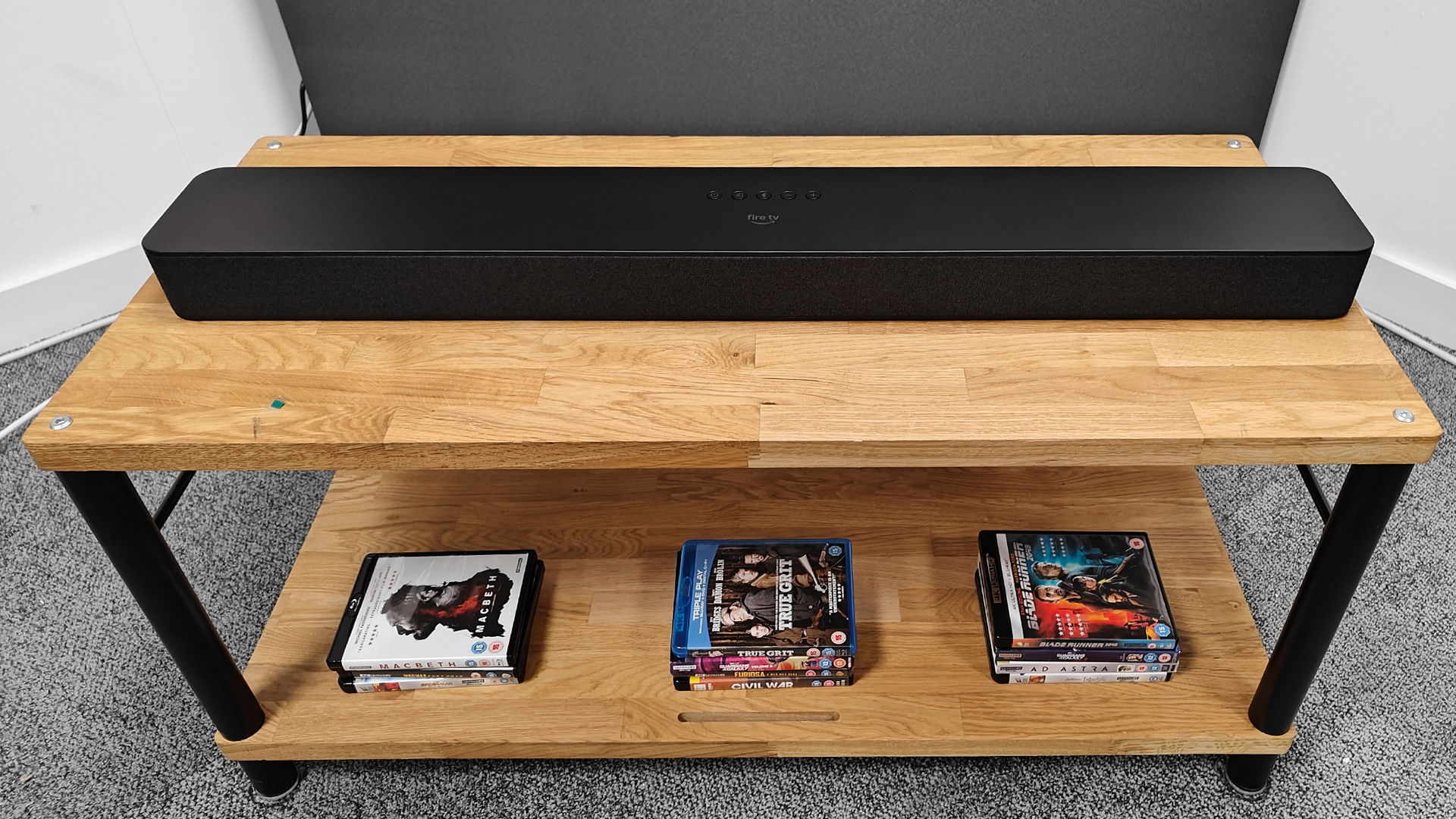
Connectivity HDMI ARC, Optical, Bluetooth
Format support Dolby Atmos
Streaming? No
Voice control? No
Dimensions (hwd) 6.4 x 94 x 13.2 cm
Weight 4kg
As with its cheaper sibling, no app or Amazon features are integrated into the Amazon Fire TV Soundbar Plus, which seems like a missed opportunity and makes the product’s name feel somewhat misleading.
We don’t get a full display either, although there are different coloured lights that show on the front of the ’bar when you switch inputs or change settings such as volume.
The remote control is a small affair, perhaps a little too tiny to fit snugly in the palm of your hand. Still, it’s intuitive to use, and you always know what setting is being adjusted. This is partly thanks to a voice alert that indicates if you are changing the input or the EQ.
Speaking of the different sound modes, there are four to choose from: Movie, Music, Sport and Night.
Movie gives its sound the biggest sense of space and immersion, but Music is the mode to go for if you are using it for more forward and direct audio.
For those looking to enjoy some sports commentary, Sports emphasises dialogue but at the expense of the rest of the sound, which becomes thinner and less expressive.
Finally, Night allows you to compress the sound to avoid disturbing others in the house.
You can customise the sound further with separate bass, treble, and dialogue levels. Bass and treble can be changed from one to nine, whereas dialogue has just five steps.
These first two settings are preset to five, which we find gives the most balanced overall presentation. Dialogue is initially set to three. As there is no app, the only way to cycle through these is via the remote, which can quickly become tiresome.
On top of that, you can turn on a surround sound mode to further widen your film’s soundstage.
Sound
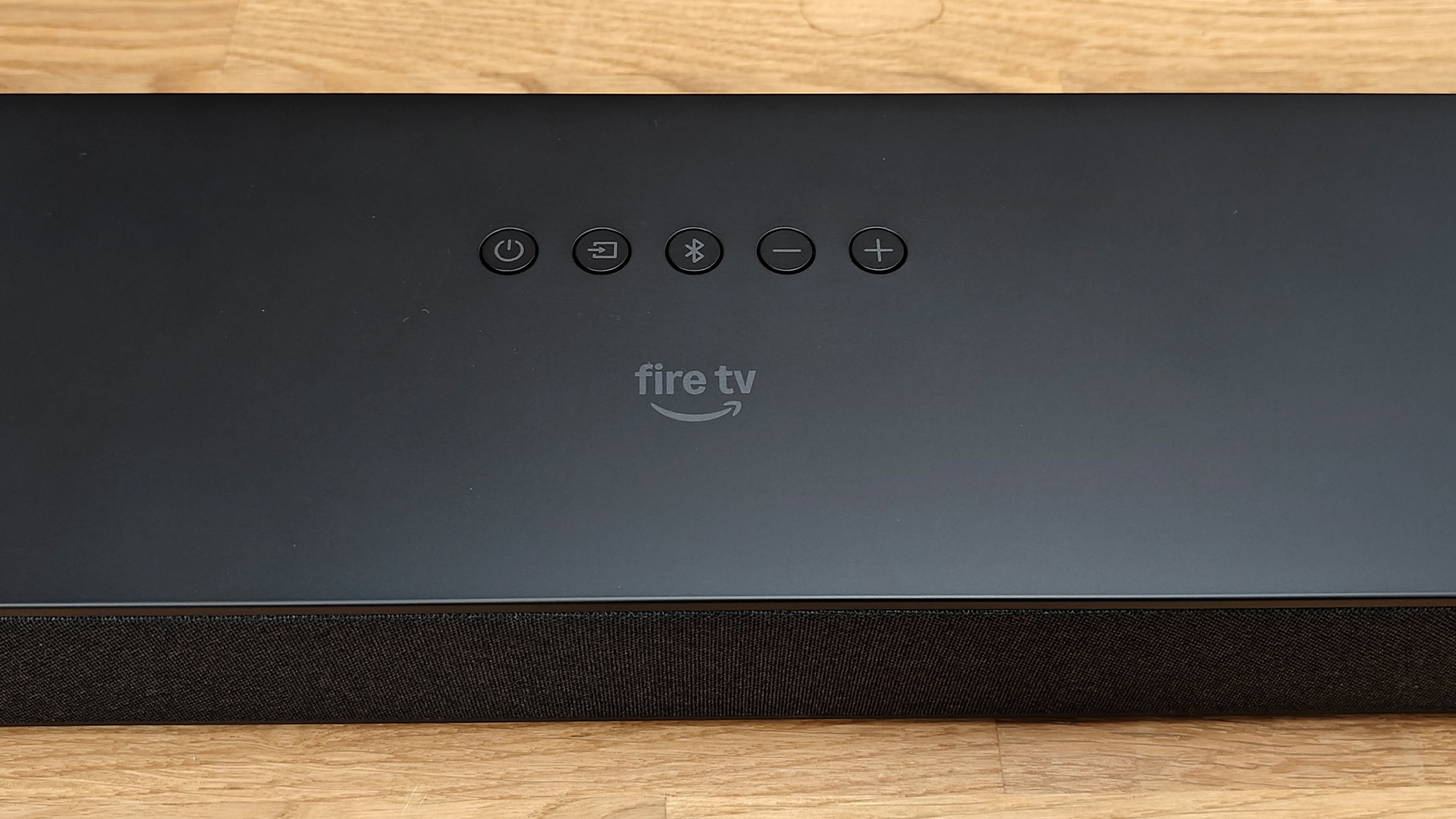
We begin testing the soundbar with a What Hi-Fi? favourite, Mad Max: Fury Road, using the LG C5 as our TV. During the start of the chase scene as the warboys charge after Furiosa, we expect the multiple engines to roar and for Nux’s whoops to feel joyous but raw.
Instead, the Amazon ’bar presents flappy, thin bass that is almost unrecognisable as the rev of an actual engine. Nux’s voice is clear over the fast-paced soundtrack and vehicle noise, but it sounds flat and robotic. Nicholas Hoult’s performance is dulled down to something much less impactful.
We turn up the volume in the hopes of getting a more bassy impact or some sense of dynamics. However, this results in a shrill and unpleasant sound from both the lower and higher frequencies, only further highlighting the flaws in its execution.
Moving to the war movie Unbroken, it’s a similar story. As we see the bomber attacked in the air, the explosions that bounce off the nose of the plane should feel heavy and impactful. Instead, they sound weightless and lacking substance.
There’s a hard-to-ignore insistence to the upper midrange during this tense scene that is both shrill and irritating. Even the lower frequencies drill away at your ears, somehow managing to exclude the lower bass and lower mid from the mix.
At least there is a wide sense of space with the action, and the Atmos-ness of the presentation is relatively impressive considering there are no up-firing speakers. You can feel an attacking plane move from one side of the screen to another with decent precision, for example.
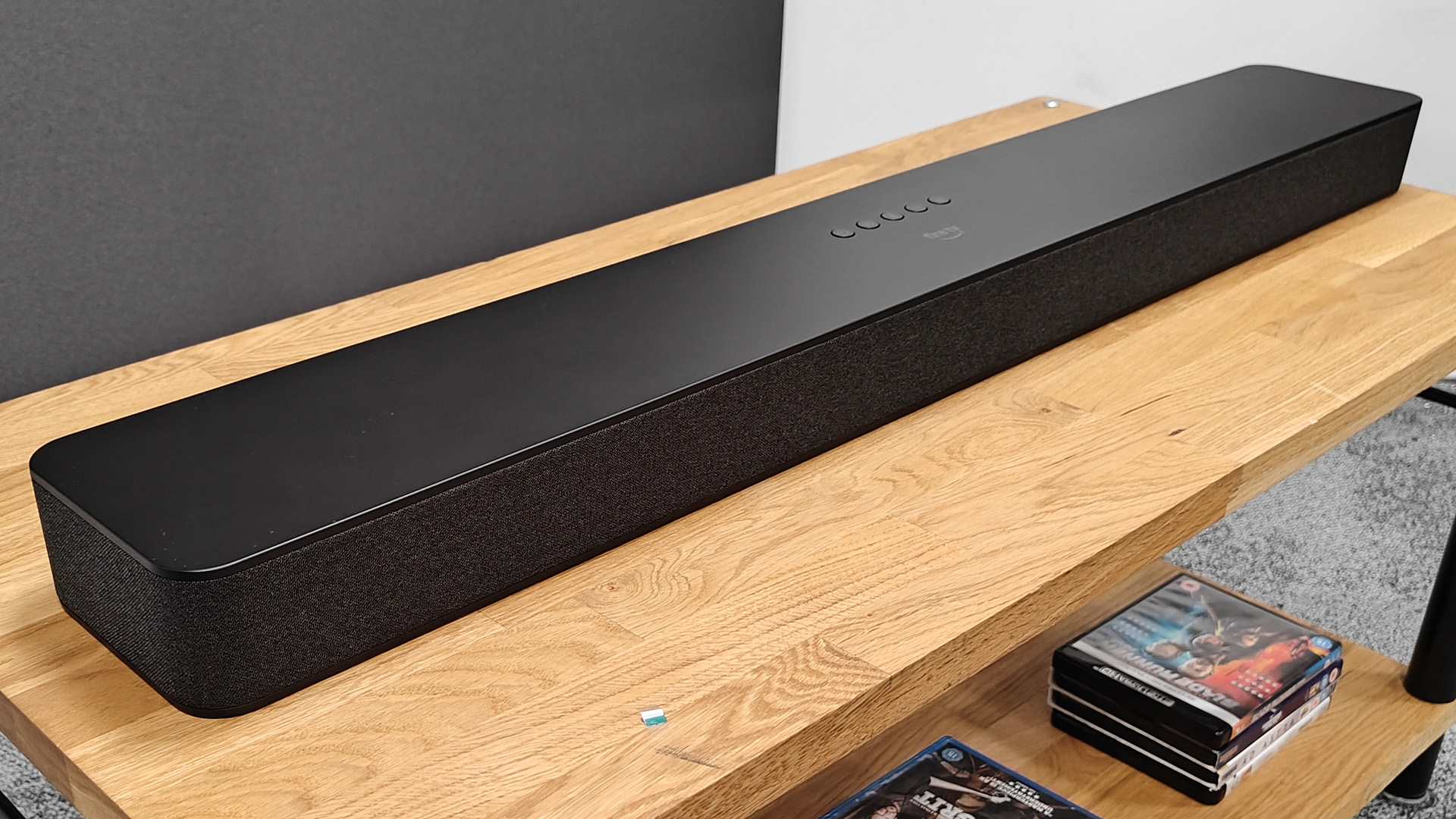
But while that spaciousness and the directness of the dialogue are both improvements over the sort of sound you can expect from most TVs, the presentation is otherwise so regularly grating that we feel most TV speakers will be preferable to this soundbar overall. That’s a damning thing to say about a soundbar.
We switch to Music and play some tunes from Tidal, starting with Invincible by Tool.
The vocals sound incredibly artificial, displaying the same unnatural, unemotive quality that we notice when watching movies. Lead singer Maynard James Keenan’s voice is almost unrecognisable; more robot than man.
Each frequency feels separate from the rest, grating and competing to be the loudest.
The jump in quality when we switch to the Sony HT-S2000 is stark. We get a much more cohesive sound and, although the movie soundstage is smaller than that which we get from the Amazon soundbar, it is quite simply a more pleasant listen.
Verdict

While Amazon’s soundbar is simple to set up and creates a wide sense of space, this is all overshadowed by the unbalanced overall sound performance.
Any sense of tension and emotion is removed by the soundbar’s dull yet grating audio quality, which only gets worse if you turn up the volume.
There are so many better options out there at a lower price, including Amazon’s own entry-level Amazon Fire TV soundbar – which isn’t in itself very good, has fewer features and no Dolby Atmos, yet still manages to produce a much more balanced and overall listenable experience than the Plus.
Ultimately, though, neither of Amazon's soundbars so much as glances at our list of the best budget soundbars.
SCORES
- Sound 2
- Build 4
- Features 3
MORE:
Read our review of the Sony HT S2000
Also consider the Sonos Ray
Best soundbars: options for every need, recommended by our experts
Robyn Quick is a Staff Writer for What Hi Fi?. After graduating from Cardiff University with a postgraduate degree in magazine journalism, they have worked for a variety of film and culture publications. In their spare time, Robyn can be found playing board games too competitively, going on cinema trips and learning muay thai.
You must confirm your public display name before commenting
Please logout and then login again, you will then be prompted to enter your display name.
